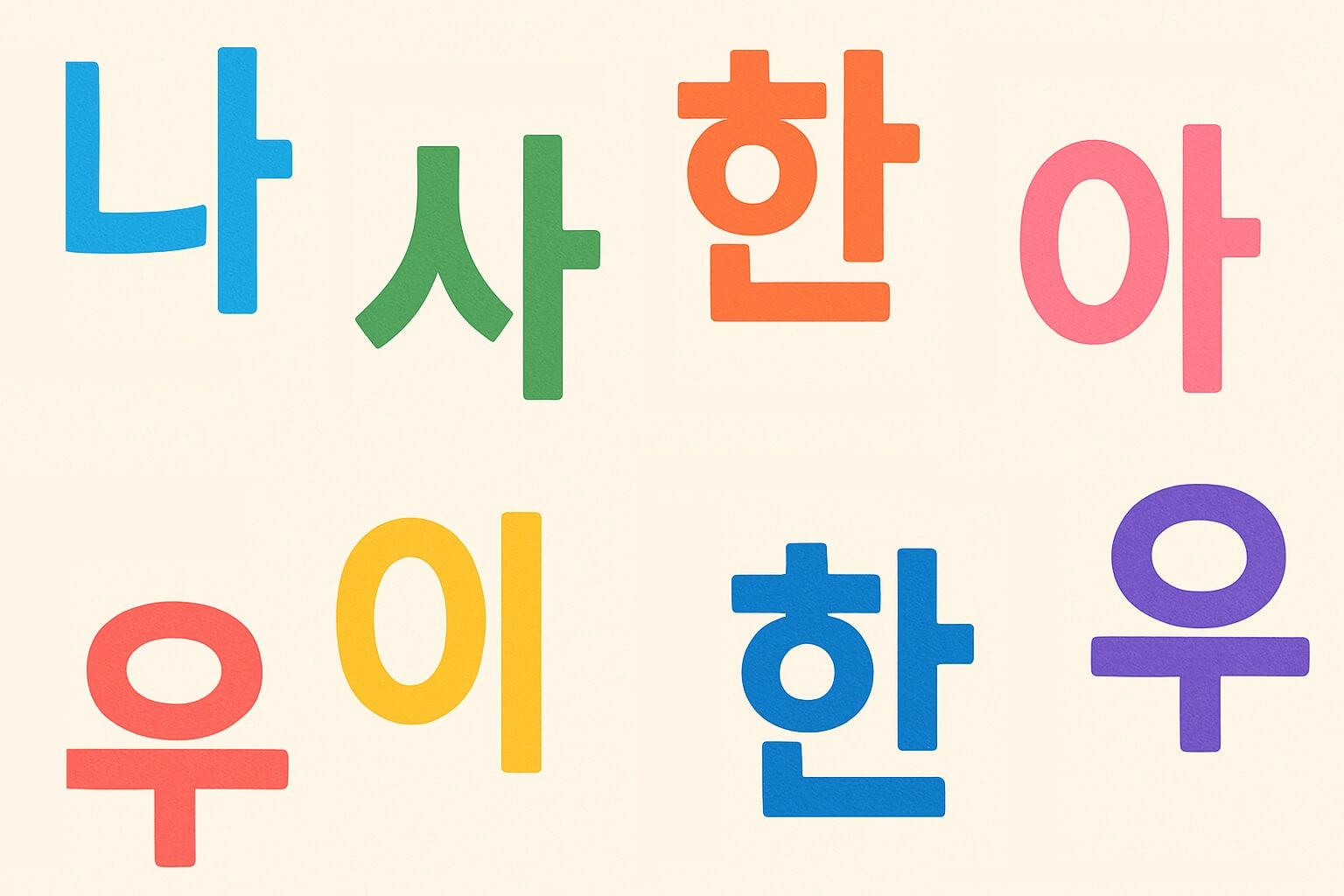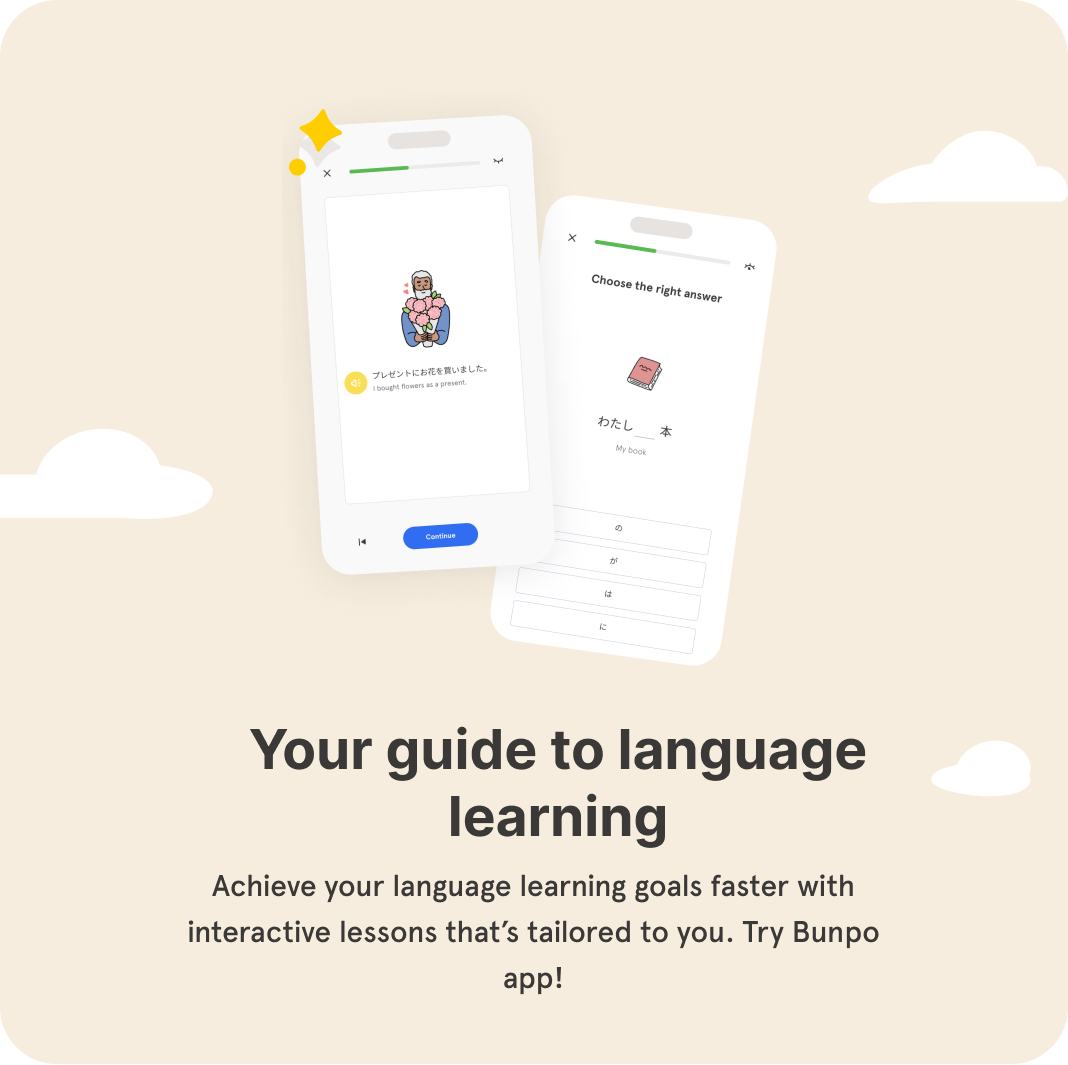
If you’ve ever wanted to learn Korean but felt intimidated by the unfamiliar-looking characters, here’s great news: the Korean alphabet, known as Hangul (한글), is one of the simplest writing systems to master. It was scientifically created to be easy, logical, and efficient. This guide will walk you step-by-step through the basics, so you can start reading and writing Korean today.
Why Hangul Is So Easy
Unlike Chinese characters, which require memorizing thousands of unique symbols, Hangul consists of only 24 basic letters—14 consonants and 10 vowels. Letters combine to form syllables, and syllables combine to form words. This writing system was developed in the 15th century by King Sejong and his scholars specifically to increase literacy among common people.
The 14 Basic Consonants
Here are the consonants, with English approximations:
- ㄱ (g/k)
- ㄴ (n)
- ㄷ (d/t)
- ㄹ (r/l)
- ㅁ (m)
- ㅂ (b/p)
- ㅅ (s)
- ㅇ (silent/ng)
- ㅈ (j)
- ㅊ (ch)
- ㅋ (k)
- ㅌ (t)
- ㅍ (p)
- ㅎ (h)
The 10 Basic Vowels
Here’s the vowel lineup:
- ㅏ (a)
- ㅑ (ya)
- ㅓ (eo)
- ㅕ (yeo)
- ㅗ (o)
- ㅛ (yo)
- ㅜ (u)
- ㅠ (yu)
- ㅡ (eu)
- ㅣ (i)
How Syllables Work
Korean isn’t written in a straight line; it’s written in blocks. Each block represents a syllable containing 2 to 4 letters.
Basic structures:
- Consonant + Vowel (e.g., 나 = n + a = “na”)
- Consonant + Vowel + Consonant (e.g., 밥 = b + a + b = “bap”)
The syllables neatly form square blocks.
Examples
- 한 (han) = ㅎ + ㅏ + ㄴ
- 글 (geul) = ㄱ + ㅡ + ㄹ
- 사랑 (sarang) = ㅅ + ㅏ + ㄹ + ㅏ + ㅇ = love
Now you know how to pronounce the word Hangul: 한글 = han + geul.
Final Thoughts
You can learn to read Korean in just a day or two. Mastery takes longer, but the alphabet itself is incredibly straightforward. Spend 30 minutes with these letters and syllables, and you’ll soon be able to read basic Korean—a significant first step toward fluency.
So don’t let the characters intimidate you. Hangul is your friend.



